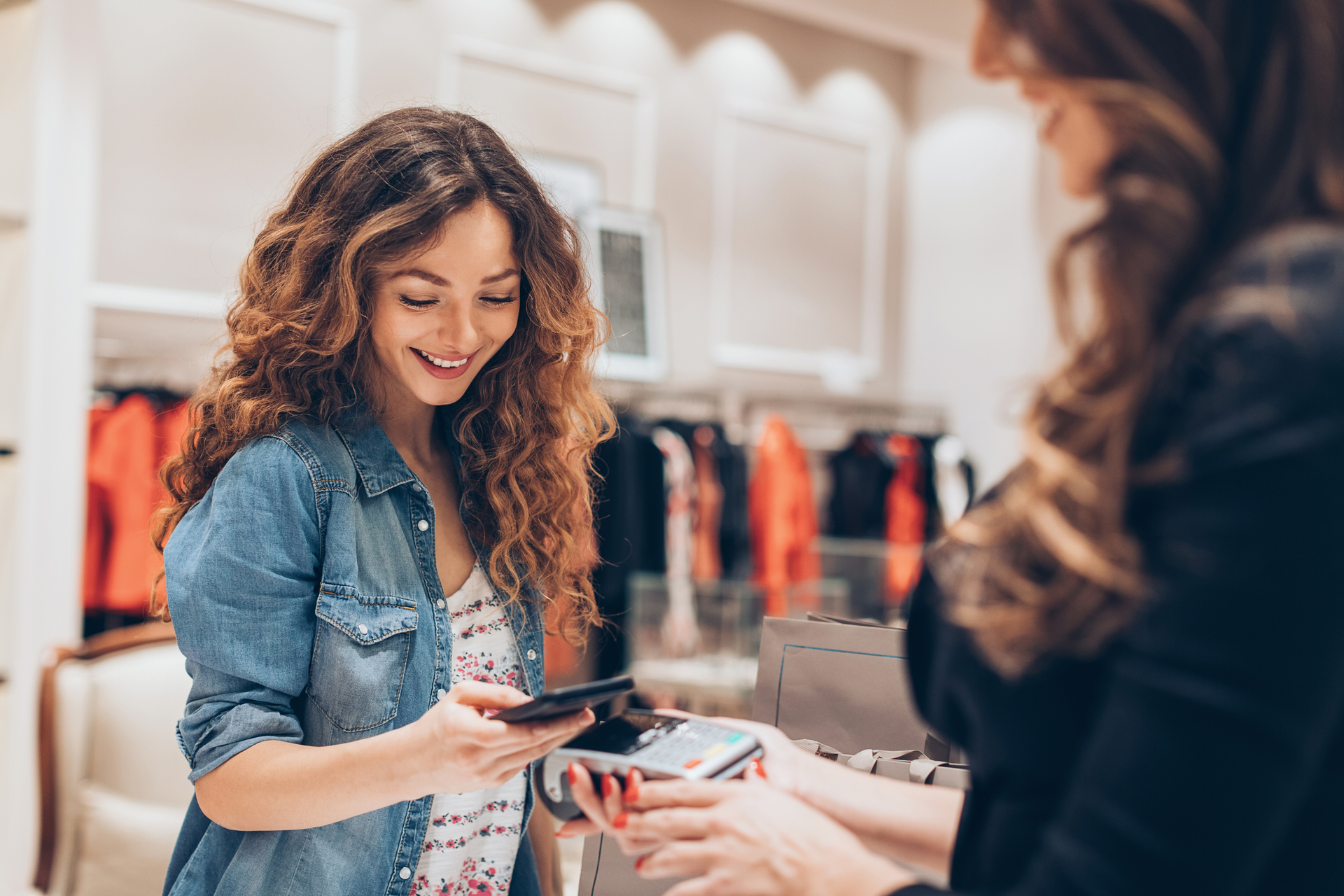It’s no surprise that customers expect personalization and a smooth buying experience on their phones. From a marketer’s perspective, providing this to customers is the bare minimum. As a marketing channel, mobile continues to mature. There are certain thresholds still being crossed. For instance, this was the first year that mobile purchases overtook desktop buying on Amazon Prime Day.
Every consumer is aware of the convenience that shoppers find on phones while out on the road or lounging on the couch. But there are subtle shifts in behavior that marketers leverage, depending on how likely users are to download an app or text message a brand. For instance, one emerging channel, or sub-channel within mobile, that DMN reported on is web browser push.
Mobile marketing platform Vibes has been keeping tabs on these changes, having recently completed their fourth annual U.S. Mobile Consumer Report.
For marketers devoted to loyalty, some of the mobile report findings might not be too surprising. But perhaps in 2019, they are important to note. Eighty-five percent of consumers surveyed said they are more likely to choose a store with a reward program over those without one. How many retailers don’t have a rewards program? The way to loyalty in the mobile era is through the phone. The top two ways shoppers will receive loyalty promotions in the next 12 months, they say, are through coupons and rewards sent directly to the customer’s phone.
Vibes CMO Sophie Vu told me, “Mobile sales continue to increase each year, and the experience is pretty seamless now. At the same time, there a lot of offers, and consumers are savvy enough to pick and choose the best experience. Loyalty is very elusive, and everybody is offering a frictionless experience, so consumers can be choosy. Brands have to realize consumers are going to be that way.”
Vibes found that almost two thirds of consumers are interested in saving their loyalty cards to their smartphone, making the phone the point of access for shoppers on the go.
Mobile messaging offers dual incentives
Mobile messaging, although it’s been around for a long time, is growing among loyalty programs. Consumers wouldn’t have thought to give out their cell phone number to a brand, but loyalty provides the incentive, so long as it’s an opt-in that provides real value. Thirty-two percent of users who subscribed to a brand’s mobile messaging did so because of a loyalty program. A quarter of them subscribed for coupons or other incentives like special dales promotions and deals. Product updates and exclusive content were also reasons for subscribing, for 10 and six percent of subscribers, respectively. Twenty percent of respondents didn’t subscribe to any mobile messaging.
Vu points to the declining open rates for emails as an incentive for brands to boost their mobile messaging. Data on consumer behavior helps personalize the experience to make messaging and timing relevant.
“How can a brand adjust to consumer preferences?” she asked. “Mobile is a good example of that. It not only gets consumers’ attention, but that attention is very unique because it messages them at the right time, when they prefer. With SMS and mobile wallet, mobile is that channel that allows consumers to choose when and how they want to be engaged. Mobile gives you that engagement.”
Stay relevant to maintain engagement
Relevance is a key factor in the success of keeping that engagement. The Vibes study found that 86 percent of unsubscribers pull the plug because messaging was irrelevant or simply because there were too many messages. Also, 34 percent attributed their unsubscribe to “bad timing.”
Vu finds that mobile wallets provide a sweet spot between email and apps, for consumers to conveniently access loyalty rewards and other brand messages. The use of mobile wallets has increased from 22 percent in 2018, to 28 percent this time around. This development has brands looking at Apple Pay and Google Pay intently. Overall, 71 percent of respondents said they were interested in trying out mobile wallet. But about two thirds of respondents who haven’t also say that they have security concerns or don’t know how to use a mobile wallet.
The takeaway is that education will be a key to further adoption, since interest is reportedly high. Last year, nearly half of those surveyed said they weren’t interested in using mobile wallet. This year, the number is down to 37 percent.
One key breakthrough area, or “proof point,” for mobile wallet users is in air travel. One-tap payments for mobile wallet users has risen to 75 percent – but among non-paying use cases, 25 percent use it for storing a boarding pass to get on a plane.








